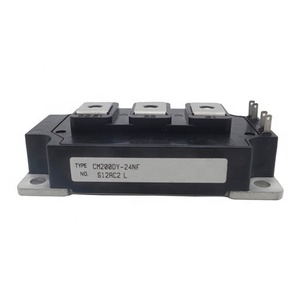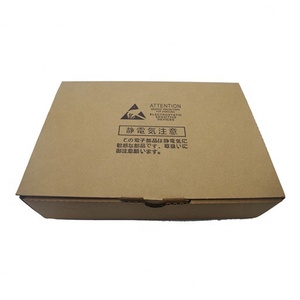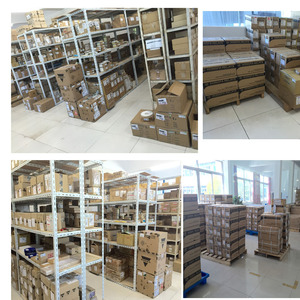Introduction to Transistors for Switching Application
Transistors for switching applications serve as foundational components in modern electronics, enabling efficient control of electrical power and signal processing. Their ability to rapidly switch between on and off states makes them indispensable in a variety of electronic circuits, from simple devices to complex systems. By amplifying or switching electronic signals, these transistors are at the heart of countless applications, making them critical for any electronic engineer or designer looking to optimize performance and reliability.
Types of Transistors for Switching Applications
There are several types of transistors tailored for switching applications, each with unique advantages:
- Bipolar Junction Transistors (BJTs): These are current-controlled devices that are widely used due to their high switching speed and efficiency. BJTs can manage larger currents, making them suitable for power applications.
- Field-Effect Transistors (FETs): Known for their voltage-controlled operation, FETs are particularly favored in digital circuits. Their low gate current requirement enhances energy efficiency.
- Insulated Gate Bipolar Transistors (IGBTs): These combine the easy control of MOSFETs with the high current and voltage capabilities of BJTs, making them ideal for medium to high power applications.
- Metal-Oxide-Semiconductor Field-Effect Transistors (MOSFETs): Renowned for their fast switching speeds and efficiency, MOSFETs are widely used in various applications, including power supplies and amplifiers.
Applications of Transistors for Switching Applications
Transistors for switching applications are utilized across a multitude of industries and systems, fostering innovation and enhancing functionality. The key applications include:
- Power Electronics: Transistors regulate and switch power in devices like inverters, converters, and motor controllers.
- Digital Computing: Essential for logic gates, microprocessors, and memory devices, transistors play a critical role in digital systems.
- Communication Devices: These components are fundamental in transmitting signals in radios, televisions, and smartphones.
- Automotive Applications: In electric vehicles and advanced driver-assistance systems (ADAS), transistors control power flows and signal processing.
Features and Advantages of Transistors for Switching Applications
Transistors designed for switching applications come with a set of features that define their performance. Some of the notable characteristics include:
- Fast Switching Speed: They can transition between states rapidly, enabling more responsive systems.
- High Efficiency: These transistors minimize energy loss, leading to cooler operating temperatures and reduced power consumption.
- Compact Size: Their small form factor facilitates integration into densely packed circuit boards and electronic devices.
- Robust Performance: Many transistors are designed to withstand extreme operating conditions, ensuring reliability in demanding applications.
In conclusion, transistors for switching applications are integral components that drive the efficiency, speed, and reliability of modern electronic systems. Their diverse types, versatile applications, and remarkable features provide endless opportunities for innovation across various industries.
















































































































































































